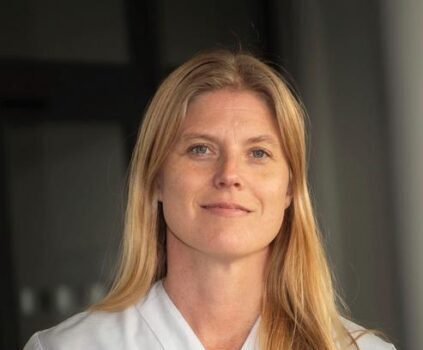The risk of developing melanoma may be decreasing in Sweden at least in people younger 50, according to a new study in JAMA Dermatology.
In addition, there’s been a notable decrease in melanoma mortality in this age group.
For the study, researchers from the Karolinska Institutet in Solna, Sweden analyzed data from the Swedish Melanoma Registry and followed melanoma incidence and mortality for different age segments over time. They found that new-onset curves for people older than 50 are steadily increasing, but for the age groups younger than 50 years, the new-onset curves started to decrease around 2015.
“We can see a trend break in young adults around 2015 where the incidence curves are falling,” says first author Hildur Helgadottir, senior consultant and associate professor of oncology at the Department of Oncology-Pathology, Karolinska Institutet, in a news release. “This is the first time we see this in Sweden, and we are actually the first European country to report a decline.”
In terms of mortality, the curves have also turned downward for people up to age 59, but not for those older than 60. The decrease in mortality in the younger groups is likely due both to a reduction in the incidence of the disease and to the introduction of new oncological drugs that have improved the prognosis for the disease, the researchers suggest. The reason that mortality is not decreasing in the elderly is because the incidence of the disease is still so high in this group, the study authors note.
The study wasn’t designed to determine why melanoma risk is declining, but researchers do have their theories. These include increased awareness about sun protection, a decrease in access to indoor tanning beds, an increase in the use of mobile phones and computers which keeps children and young people indoors more often, and immigration trends i.e. there are more individuals in Sweden now have darker pigmentation and can tolerate the sun better.
“We see that it is necessary to continue the work of emphasizing the importance of sun protection so that the reduction of melanoma in younger people is maintained and that the incidence will eventually also decrease in older people,” says Ms. Helgadottir.
PHOTO CAPTION: Hildur Helgadottir
PHOTO CREDIT: Stefan Zimmerman


